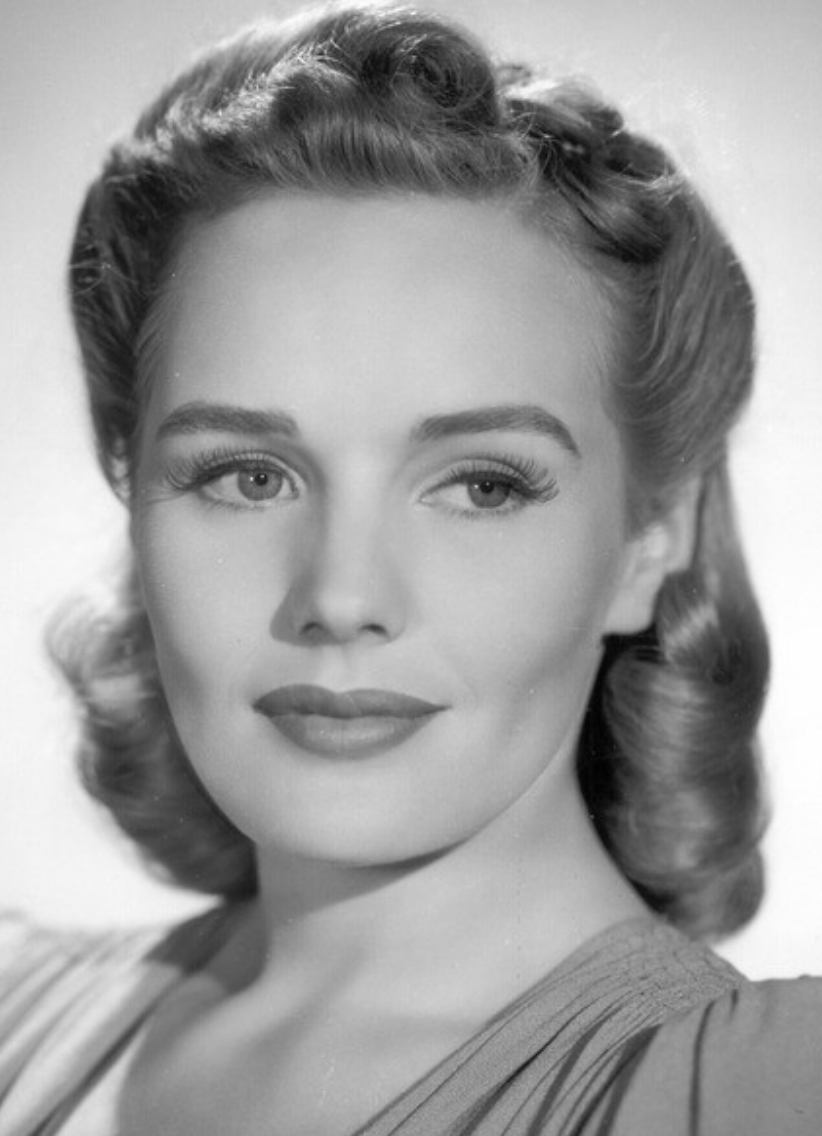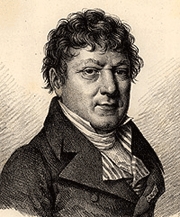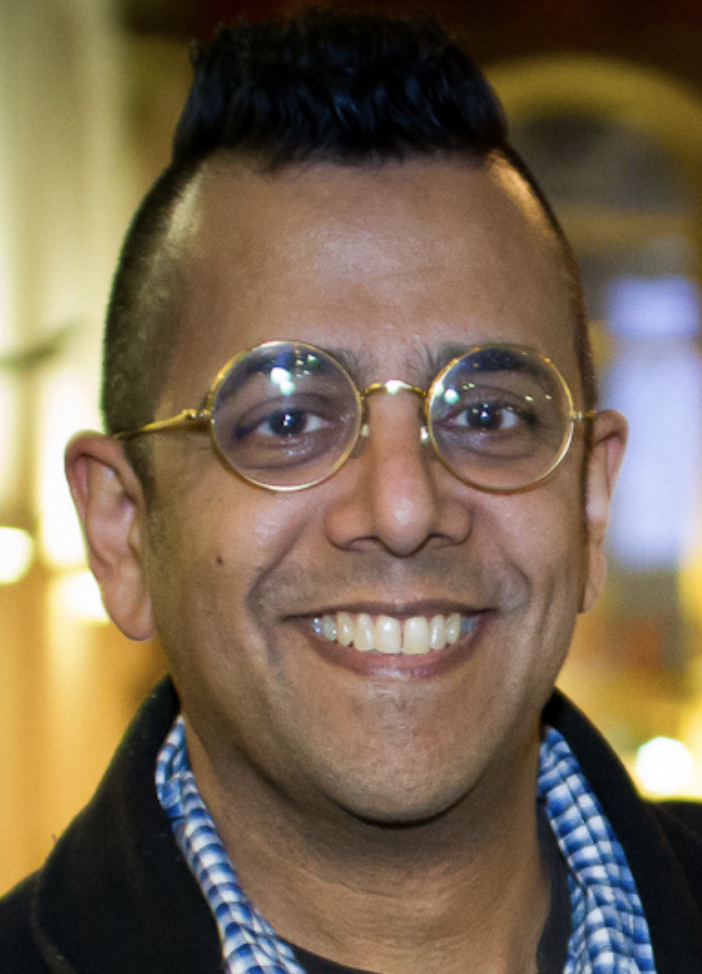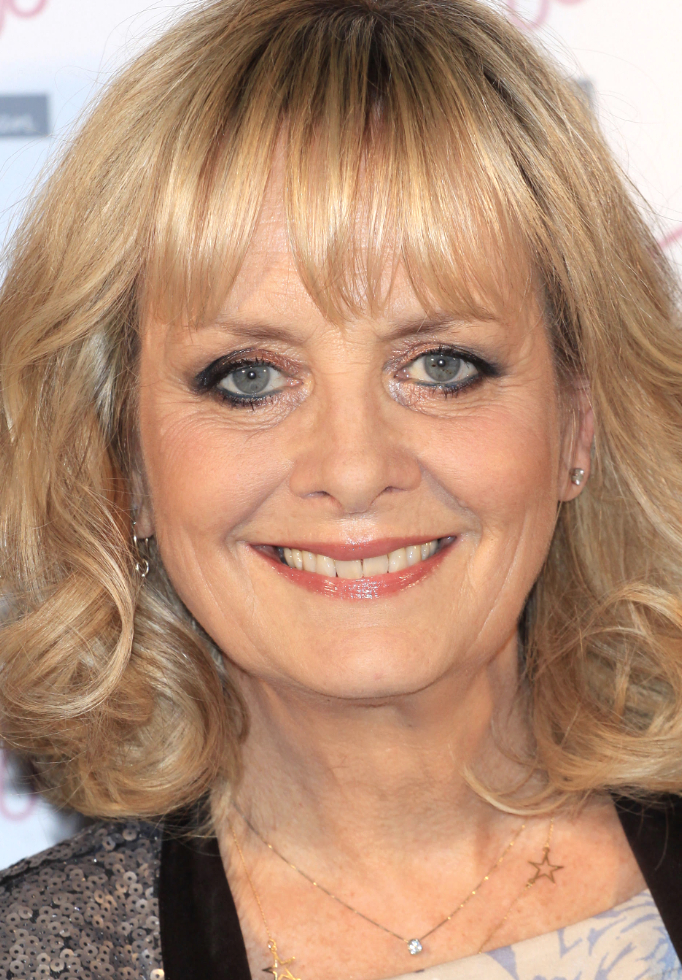September 19
Frances Farmer

On this date in 1913, Frances Elena Farmer was born in Seattle, Wash., to Lillian (née Van Ornum), a boardinghouse operator and dietitian, and Ernest Farmer, a lawyer. As a high school junior, Farmer won a creative writing contest with her essay “God Dies,” resulting in a national wire story: “Seattle girl denies God and wins prize.” In the conclusion of the brief essay about becoming an atheist, she wrote, “I felt rather proud to think that I had found the truth myself, without help from anyone. It puzzled me that other people hadn’t found out, too.”
She attended the University of Washington, switching her major from journalism to drama after starring in some college plays. Discovered by a talent scout, she moved to Hollywood and signed a contract with Paramount Pictures in 1936, the same year she married Leif Erickson. Her first film was “Too Many Parents.” She starred opposite Bing Crosby in “Rhythm on the Range” and achieved star status playing the lead in “Come and Get It,” a film based on a novel by Edna Ferber.
Constrained by studio control, Farmer took the lead in Clifford Odets’ play “Golden Boy” in 1937, playing in New York City. A love affair with Odets ended badly and she returned to Hollywood, where she was relegated to supporting roles. In 1942 her life took a downward spiral when she was arrested for drunk driving without a license. The next year she was arrested for assault and violating probation. Declared mentally ill by a court due to ongoing extremely erratic behavior fueled by alcohol and drugs, she was placed in a sanitarium by her mother, who was appointed her legal guardian. She was institutionalized for eight years, undergoing shock treatment. There’s no evidence she had a lobotomy, as was rumored at the time and later. She was released to her mother in 1950.
Her fortunes improved when a reporter spotted her working as a receptionist in 1953 and wrote a sympathetic profile. She remarried in 1954 (a third marriage followed in 1958) and hosted an afternoon TV show in Indianapolis from 1958-64. She was also a writer-in-residence at Purdue University. Her autobiography Will There Really Be a Morning? (the title from a line by Emily Dickinson) contained horrific details of her long confinement. Farmer died of cancer of the esophagus in 1970 at age 56. In 1982, Jessica Lange gave a tour-de-force portrayal of her in the film “Frances.”
“I wondered a little why God was such a useless thing. It seemed a waste of time to have him. After that he became less and less, until he was … nothingness.”
—Frances Farmer, "God Dies," essay at 16
Jean Baptiste Delambre

On this date in 1749, Jean Baptiste Delambre was born in France. Delambre made huge contributions to astronomy despite losing most of his vision to smallpox as a toddler. He was educated at a Jesuit school in Amiens until the Jesuits were expelled from France in 1764. Although contemplating life as a priest, Delambre became a rationalist and atheist. He tutored, then studied in Paris under the eminent atheist and astronomer Joseph Jérôme Lalande, becoming his assistant.
In 1789 Delambre recorded the transit of Mercury across the sun and corrected the existing tables. In 1789 he won the Grand Prix from the Academy of Sciences for calculating the precise orbit of Uranus. He was given his own observatory in 1789. In 1792 he published tables on the sun, Jupiter, Saturn, Uranus and the satellites of Jupiter. Delambre wrote the first of three volumes containing the measurement of Earth in 1806. In 1809, Napoleon, his admirer, asked the academy to award a “best scientific publication of the decade,” which went to Delambre.
Delambre’s multi-volume History of Modern Astronomy (1821) became a science classic. Mathematician Jean Fourier, in his obituary of Delambre, said the scientific world was indebted to him for the geodetic operation. The United States was indebted to Delambre for his role in freeing a Mr. M. Smithson, a political prisoner of war. In 1809, Delambre wrote the French Ministry of War requesting his release. Smithson later bequeathed his extensive estate to the United States to found the establishment that became the Smithsonian Institution. D. 1822.
“The historian owes the dead nothing but the truth.”
—Delambre, "Histoire de l'astronomie moderne" (1821)
Simon Singh

On this date in 1964, Simon Singh was born in Somerset, England, after his parents immigrated to Britain from the Punjab region of India. He majored in physics at the Imperial College in London and received his Ph.D. in 1991 in particle physics from Cambridge University and at CERN, the European Organization for Nuclear Research in Geneva. He eventually became a writer with a focus on math and science. The BBC science department hired Singh in 1990.
He directed the 1996 BAFTA award-winning documentary on a math theorem titled, “Fermat’s Last Theorem.” NOVA showed the documentary in the U.S. under the title “The Proof,” which received an Emmy nomination. Singh turned the documentary into his first book, called Fermat’s Last Theorem in Britain and Fermat’s Enigma in the U.S. In 1999 he published his second book, The Code Book: The Evolution of Secrecy From Mary, Queen Of Scots to Quantum Cryptography. He wrote Big Bang: The Most Important Scientific Discovery of All Time and Why You Need To Know About It in 2004.
His article in April 2008 criticizing chiropractic, an alternative medicine that uses manual therapy, resulted in the British Chiropractic Association suing for libel in a case that Singh won after two years. He became an advocate for fairer libel laws via the Libel Reform Campaign in Britain and co-wrote Trick Or Treatment?: Alternative Medicine on Trial in 2008. Singh is active in the skeptic community. He married journalist Anita Anand in 2007. They live in London with their two sons.
Photo by Richardc39 under CC 3.0.
“For tens of thousands of years, humans have stared up into the heavens and wondered about the origin of the universe. Up until now every culture, society, and religion has had nothing else to turn to except its creation myths, fables, or religious scriptures. Today, by contrast, we have the extraordinary privilege of being the first generation of our species to have access to a scientific theory of the universe that explains its origin and evolution.”
—Singh, CNN.com op-ed, "Why I'm dreaming of a white-noise Christmas” (Dec. 24, 2010)
Twiggy

On this date in 1949, English model and actress Twiggy (née Lesley Hornby) was born in the London suburb of Neasden to working-class parents. She learned to sew at an early age, made some of her own clothes and started modeling while in secondary school.
At age 16 she was named “The Face of 1966” by the tabloid Daily Express and landed on the cover of Vogue. Her signature, rail-thin “mod” look led to her nickname and international fame as a cultural icon. She announced her retirement from modeling in 1970, stating, “You can’t be a clothes hanger for your entire life.” She then enjoyed a successful career as a screen, stage and television actress and recording artist.
Her 1971 role in “The Boy Friend” brought her two Golden Globes. Her first appearance in the theater was in “Cinderella” in London’s West End in 1974. In 1983 she starred on Broadway in the award-winning Gershwin musical “My One and Only,” for which she was nominated for a Best Actress Tony Award. Her last stage appearance was in 2003 in the title role in the George Bernard Shaw play “Mrs. Warren’s Profession.”
Twiggy released her ninth album, “Romantically Yours,” in 2011. It featured the standards “Bewitched, Bothered and Bewildered,” “Blue Moon,” “My Funny Valentine,” “Someone to Watch Over Me” and “They Can’t Take That Away from Me,” along with a vocal by her daughter Carly Lawson on Neil Young’s “Only Love Can Break Your Heart.”
Twiggy married American actor Michael Witney, nearly 20 years her senior, in 1977. Their daughter Carly was born in 1978. He died in 1983 at age 51 from a heart attack. She married Leigh Lawson in 1988 after his 10-year relationship with actress Hayley Mills ended. They met while working on the film “Madame Sousatzka” (directed by John Schlesinger with Shirley MacLaine in the title role). Lawson adopted Carly, who took his surname.
In 2019 she was named a Dame of the British Empire under her married name Lesley Lawson for services to fashion, the arts and to charity.
Twiggy in 2012 in London; photo via Shutterstock by Featureflash Photo Agency.
“Organised religion is not for me. Most wars over the centuries have been about religion. I think fate plays a big role in our lives and that if we were nicer to one another the world would be a better place.”
—Twiggy interview, The Guardian (Sept. 15, 2012)
